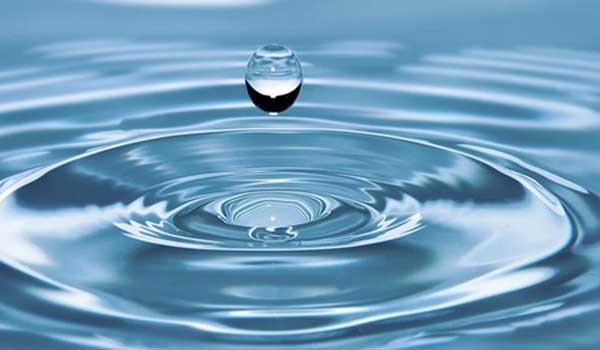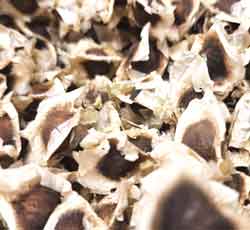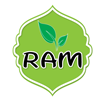Sustainable Methods for Cleaner Water purification

Clean water is essential, yet many rely on unsustainable purification methods. Fortunately, natural water purification offers eco-friendly alternatives. By harnessing natural processes, contaminants can be effectively removed without chemicals. Transitioning to these methods ensures long-term water security while protecting ecosystems.
1. Sand Filtration
Water is slowly passed through layers of sand and gravel. Impurities are trapped, resulting in clearer and safer water. This method is widely used in both small-scale and large-scale systems.
2. Activated Charcoal Absorption
Toxins and odors are absorbed by porous charcoal. Consequently, water becomes tasteless and free from harmful substances. This approach is commonly utilized in household filters.
3. Solar Disinfection (SODIS)
UV rays from sunlight kill pathogens in transparent bottles. Therefore, this low-cost method is ideal for remote areas.
4. Plant-Based Purification
Certain aquatic plants, like water hyacinth, absorb heavy metals. As a result, they act as natural biofilters in polluted water bodies.
5. Clay Pot Filtration
Microporous clay removes bacteria as water seeps through. Hence, it is an effective solution for communities without electricity.
6. Boiling (Traditional Yet Effective)
Although energy-intensive, boiling remains a reliable purification method. Pathogens are destroyed when water reaches high temperatures.
7. Riparian Buffer Zones
Vegetation along riverbanks filters runoff before it enters water sources. Thus, pollution is significantly reduced.
8. Distillation Through Solar Stills
Salt and impurities are left behind as water evaporates. Subsequently, condensation provides clean drinking water.
9. Wetland Filtration
Constructed wetlands mimic natural purification processes. Pollutants are broken down by microorganisms and plant roots.
10. Candle Filters
Ceramic candles trap sediments and bacteria. For this reason, they are popular in emergency water purification.
Adopting natural water purification methods promotes sustainability and public health. By integrating these techniques, communities can reduce reliance on artificial treatments. Ultimately, preserving water quality benefits both people and the planet.
How Moringa Seeds Purify Water

Moringa oleifera, the “miracle tree,” has seeds that act as a natural flocculant. When crushed and mixed with water, they bind to impurities like bacteria and silt. These clumps sink, leaving clearer water.
Step-by-Step Method
Collect Seeds: Remove shells from mature moringa pods. Crush Seeds: Grind 1–2 seeds into a fine powder per liter of water. Mix & Stir: Add powder to cloudy water and stir for 5 minutes. Wait & Separate: Let it sit for 1–2 hours. Sediments will settle. Filter: Pour water through a cloth to remove remaining particles.
Why It Works
Moringa seeds contain positively charged proteins that attract negatively charged contaminants. This process is chemical-free and reduces bacteria by up to 90%.
Limitations
Does not remove all viruses or dissolved chemicals. Best for turbid (cloudy) water; pair with boiling or solar disinfection for safety.
Moringa water purification is a low-cost, sustainable method for communities without access to modern filters. By harnessing nature’s solutions, clean water becomes more accessible.
